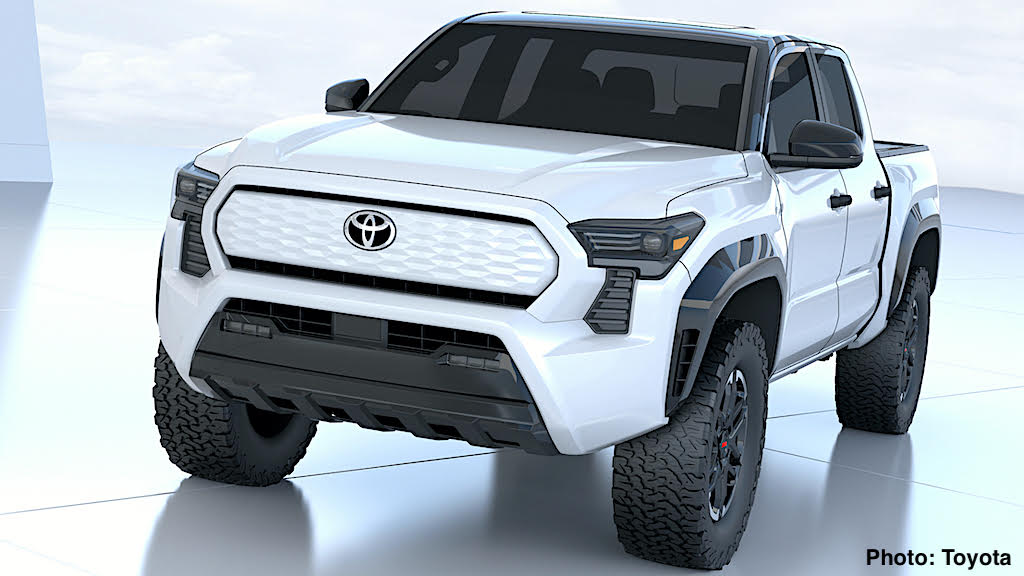5 Electric Car Checks for a Hassle-Free Holiday
Plan to Make This Year’s Trips Unforgettable
You’ve made a big plan for the holidays this year, got your family prepped and ready to go, and have your itinerary planned out. You are about to leave the driveway, and your maintenance light pops on at that exact moment. Nothing can ruin a vacation faster than a malfunctioning electric car, and ignoring repair red flags can even be dangerous. Here are five easy steps you can take before a holiday to ensure your EV is ready to hit the road.

1. Plan Where You’ll Charge Your Electric Vehicle
Just like a traditional car needs to make regular stops at gas stations, your EV will need to refuel its batteries at charging stations along your route. For example, if you plan a trip along the West Coast, you’ll want to find chargers along the I-5. Hundreds of DC chargers and thousands of Level 2 charging units dot the interstate, usually spaced out by 25 to 50 miles.
For the most part, EVs can travel between 90 and 400 miles (though the upper range belongs to prohibitively expensive vehicles). To be safe, you’ll want to charge your car any time it gets down to 25 percent; this leaves you enough juice to find a charging station.
2. Make Sure You Have Your Travel Documents
Suppose you are driving to your vacation destination. In that case, you’ll need to ensure you are up to date on all relevant paperwork, including current insurance and registration for your EV, along with an up-to-date driver’s license. Failure to bring these items could be disastrous for your trip; you only need to be pulled over by police once to incur a massive fine, lose your license or even lose your car.
You’ll need even more documentation to legally cross if you plan to travel over international borders, like into Canada or Mexico. You’ll need a passport or enhanced ID to cross into our neighbors to the north or south. A passport is usually the better choice here, even though it is a bit more expensive than an enhanced ID (a passport is $130, while an enhanced ID is only $30). With a passport, you can travel internationally to countries outside the U.S., Canada or Mexico.

3. Do a Tire Check
Because of the positioning of the internal mechanics of EVs, their tires tend to wear down in different ways than internal combustion engine (ICE) cars. Since the wear can be uneven, you’ll want to check your tires regularly to ensure they have the right amount of pressure and tread. You can make sure your tires are maintained by:
- Doing a Visual Inspection: Check your tire for abnormalities, like unusual wear on one side or nails puncturing the treads.
- Get Your Tires Regularly Rotated: To combat uneven wear on your tires, you’ll want to take your car in every few months to have the tires rotated.
- Checking the Air Pressure: You want a qualified expert to check the air pressure in your tires once a month, ensuring they stay within the pressure range recommended by your car’s manufacturer.
- Conducting a Tread Depth Check: If you don’t want to get a flat on your trip, check the tread depth on your tires. You’ll want at least 2/32 of an inch; this is the absolute minimum, though, and it would be much safer to have more depth.
4. Ensure Your Brakes Are Properly Maintained
EVs have a particular type of braking system that utilizes regenerative brakes. Instead of traditional braking systems that slow down a car’s wheels through friction, regenerative brakes run the electric motor in reverse and turn the kinetic energy from slowing into electric energy that’s stored in the battery.
But you’ll still need to maintain the brake discs and pads. It’s difficult to tell what level of wear your brakes are at without taking them to a mechanic. Before going on any long trip, getting a multi-point inspection is always best to ensure your EV is fit to travel.

5. Check the Levels on Your Vehicle Fluids
There may not be as many fluids to deal with when driving an EV, but there are still a few you’ll want to top off for a big road trip. The main three liquids to worry about are:
- Coolant Fluid: The cooling system in your EV may help regulate the temperature of your battery pack and other electronic systems. Maintaining a good coolant fluid level is essential to keep these components from overheating.
- Brake Fluid: Even If you have regenerative brakes, you’ll need hydraulic fluid to fuel your brake lines.
- Windshield Washer Fluid: Obscured vision can be dangerous, so keeping your windshield washer fluid full can help clear away dust and debris.
Vacations Are Fun, But Safety Should Be a Priority
Everyone wants a safe holiday with their family. No one wants to stress out on vacation, and car troubles are a surefire way to ruin the holidays. You can guarantee your road trip will go off without a hitch by ensuring your charging points are planned, and your EV is appropriately maintained and prepped.

1 thought on “5 Electric Car Checks for a Hassle-Free Holiday”